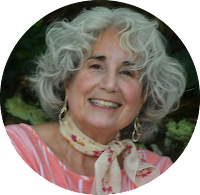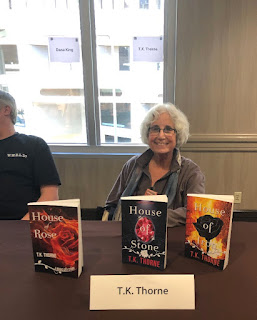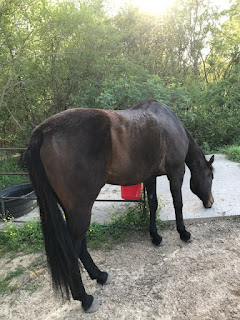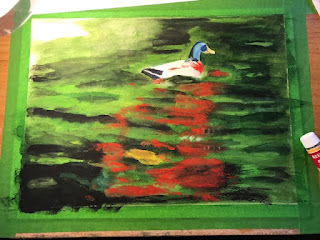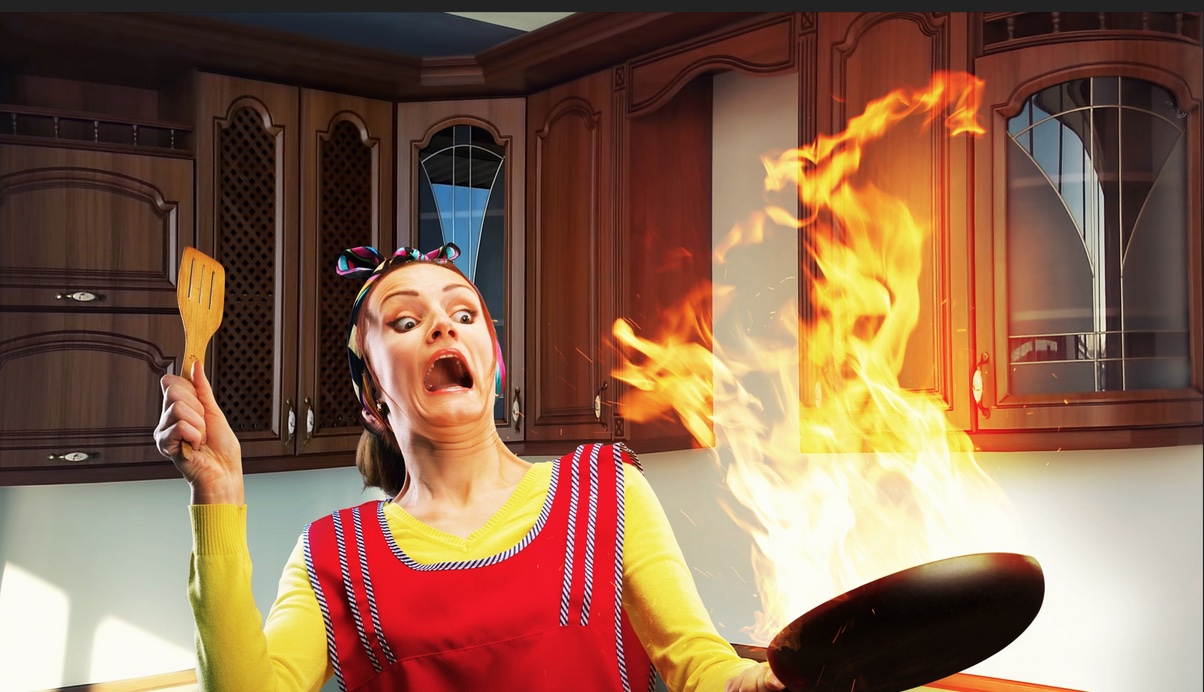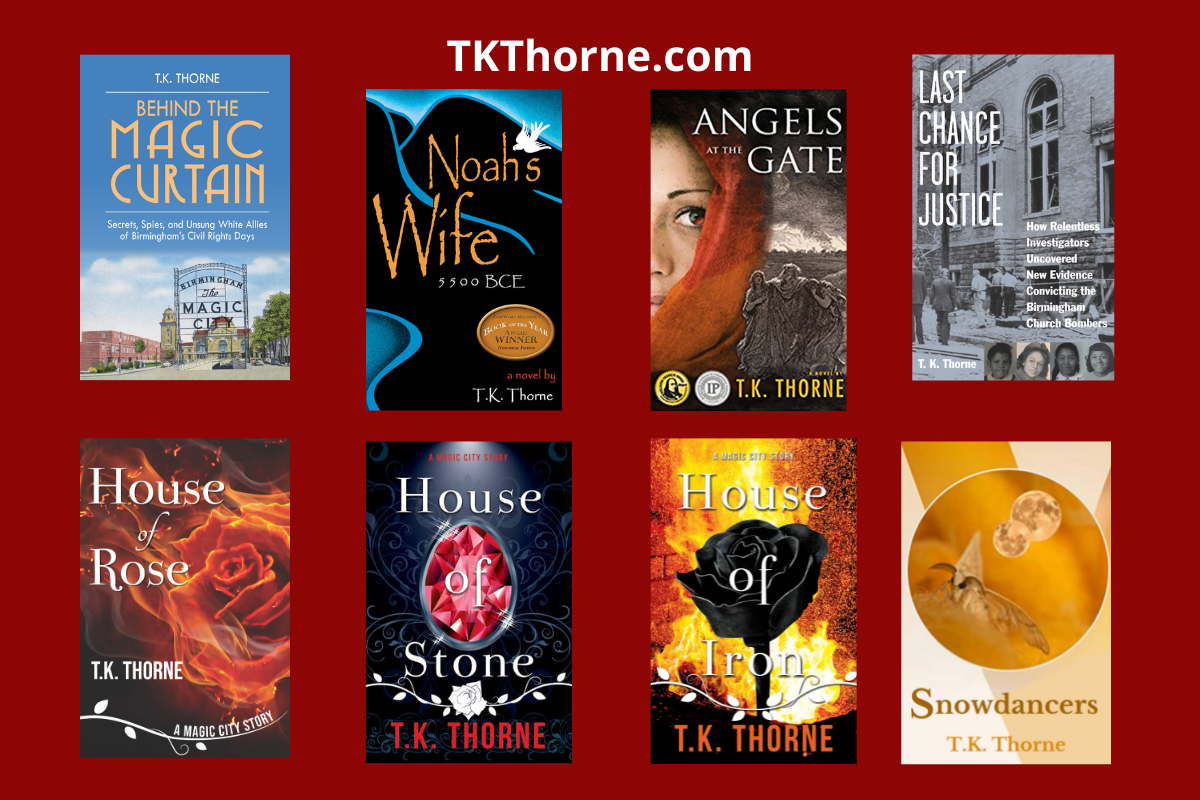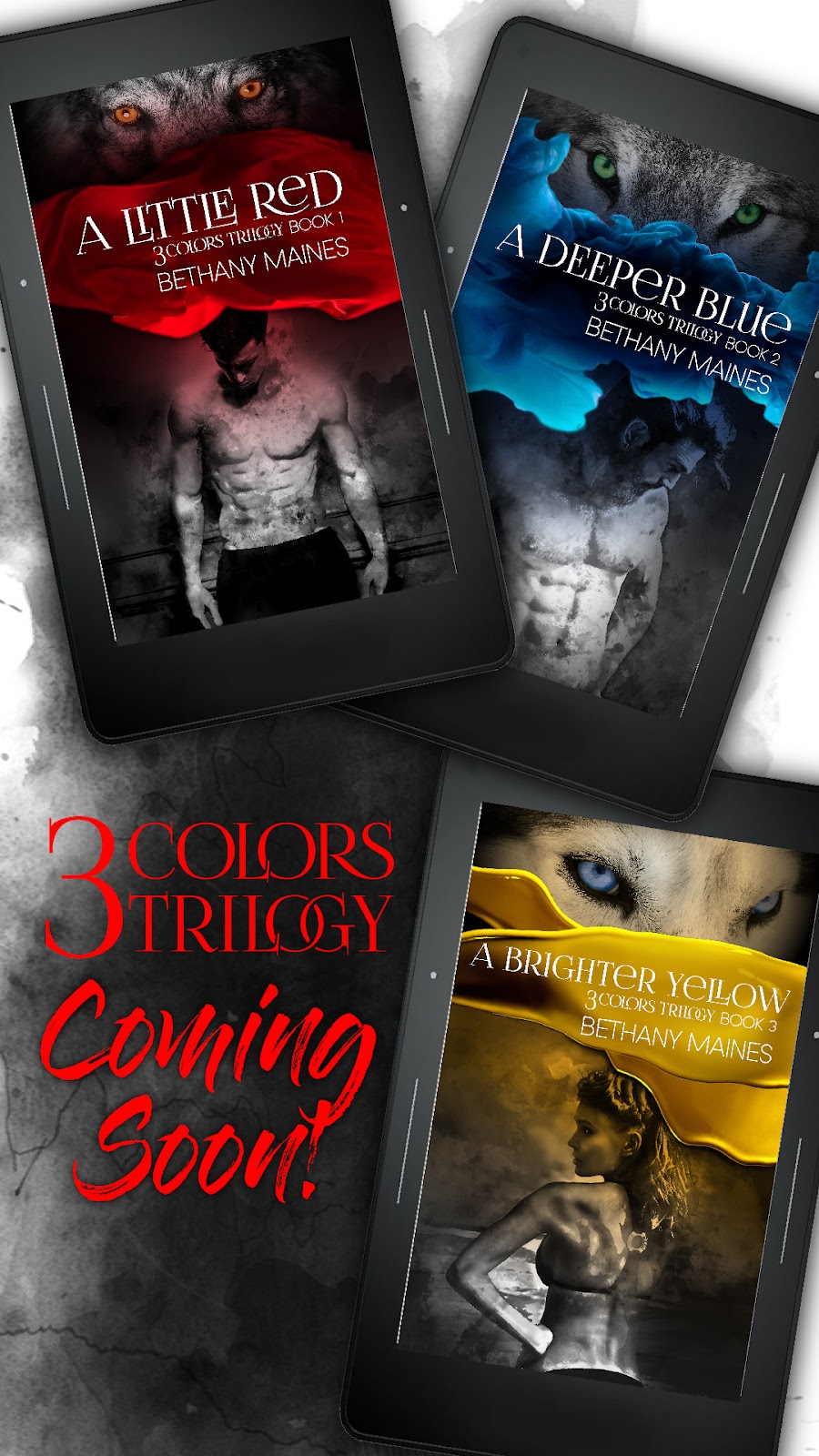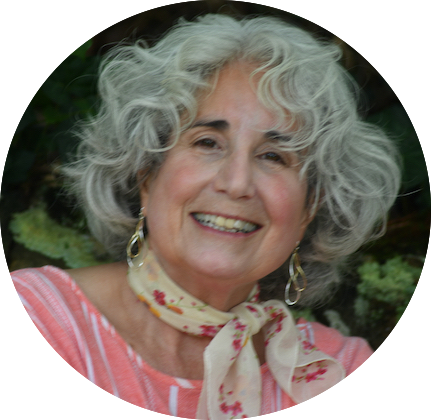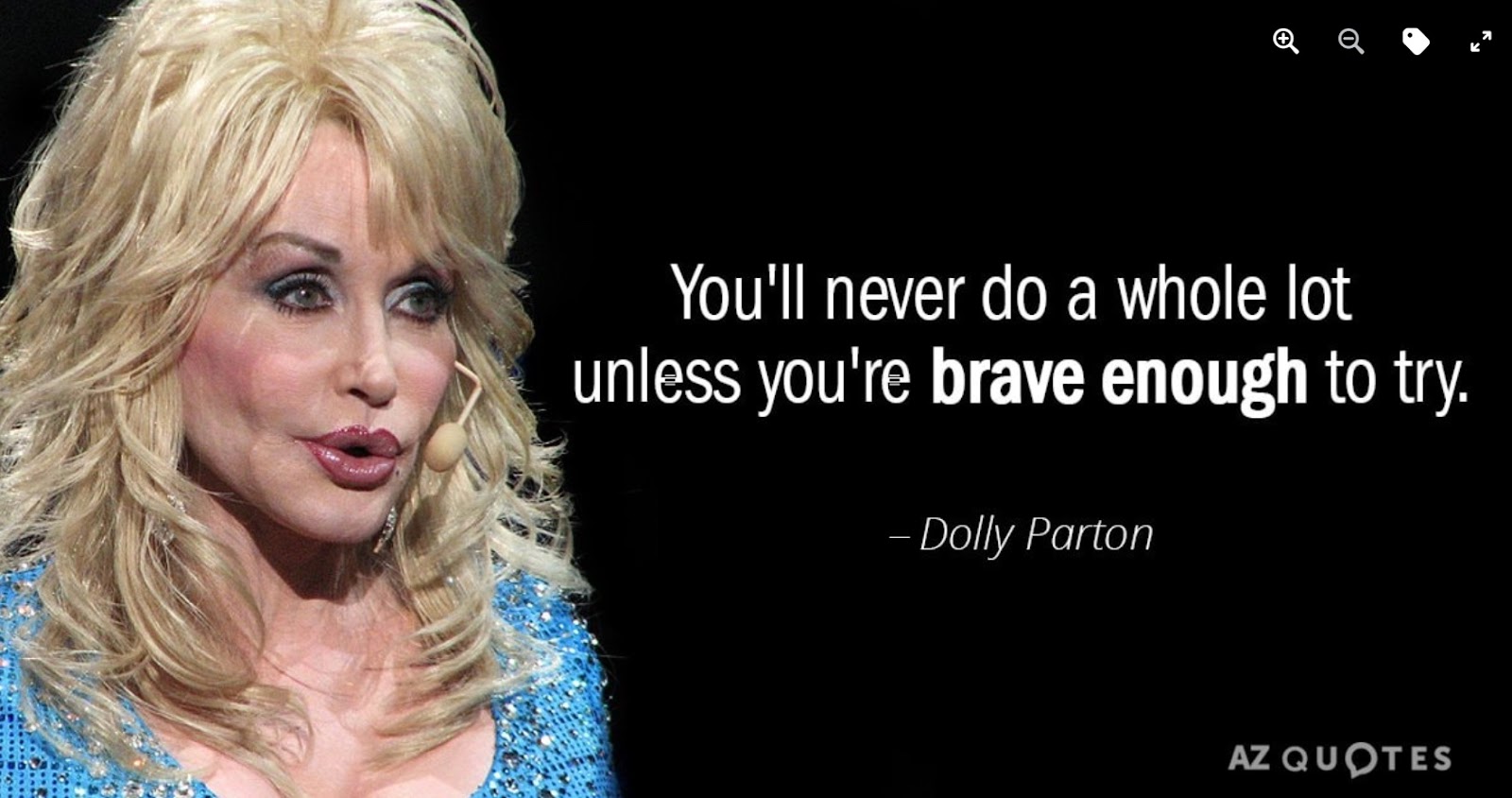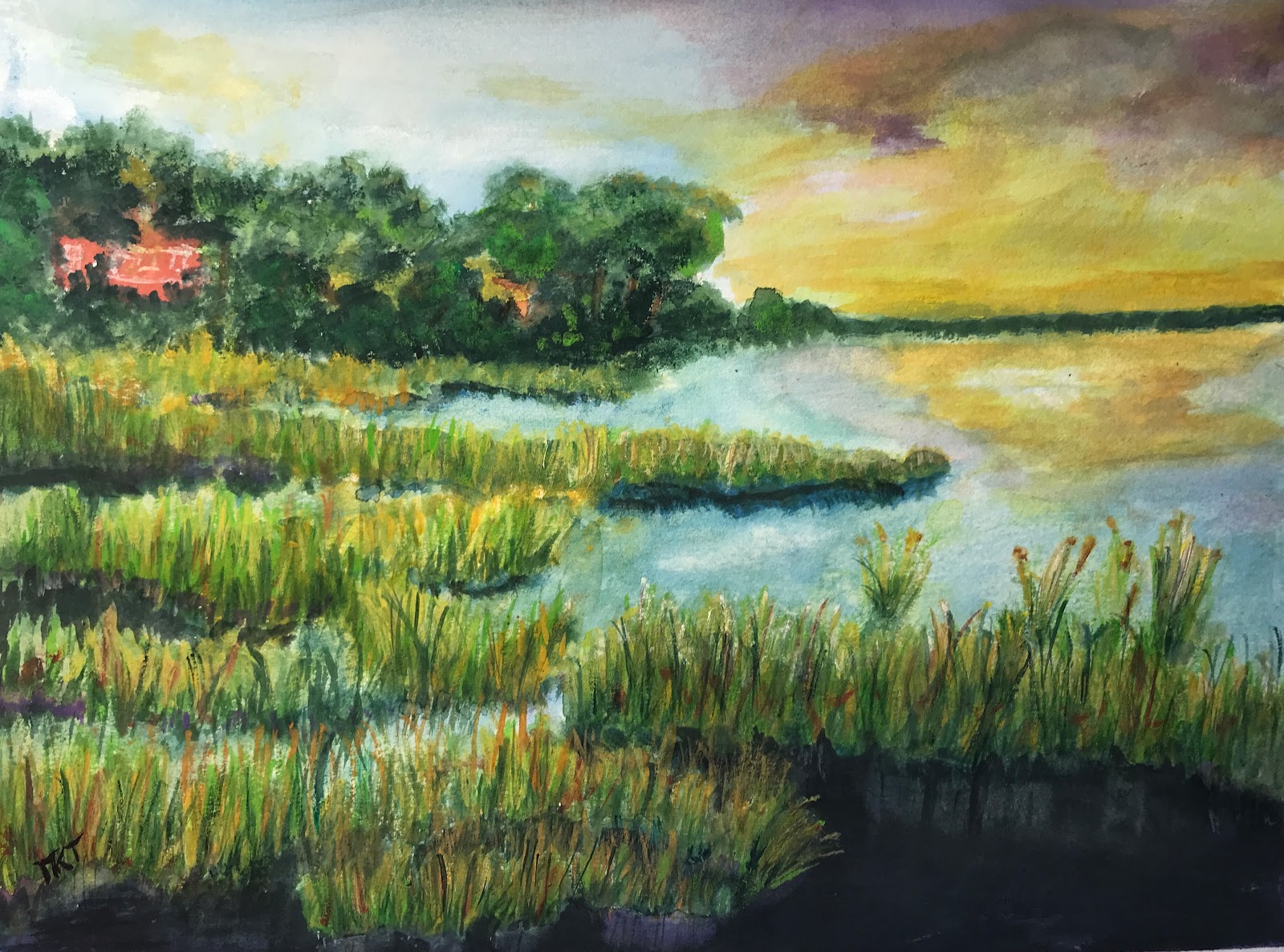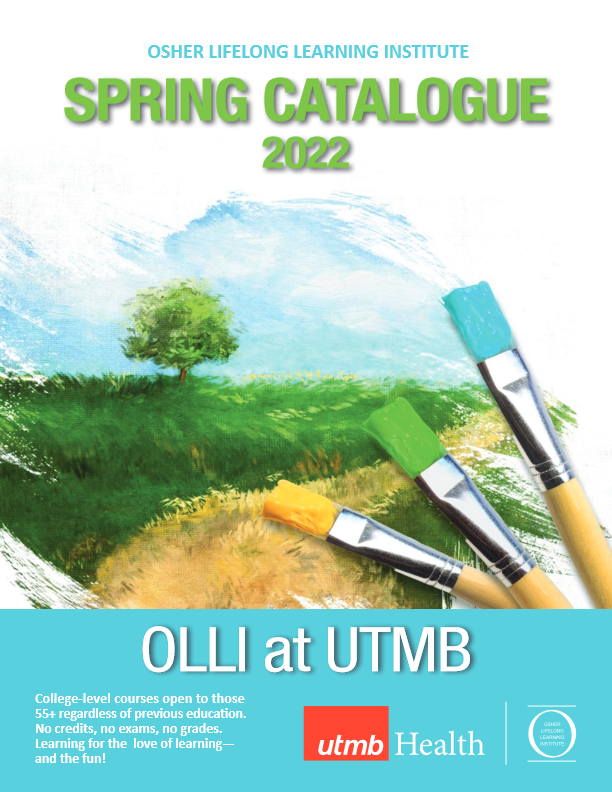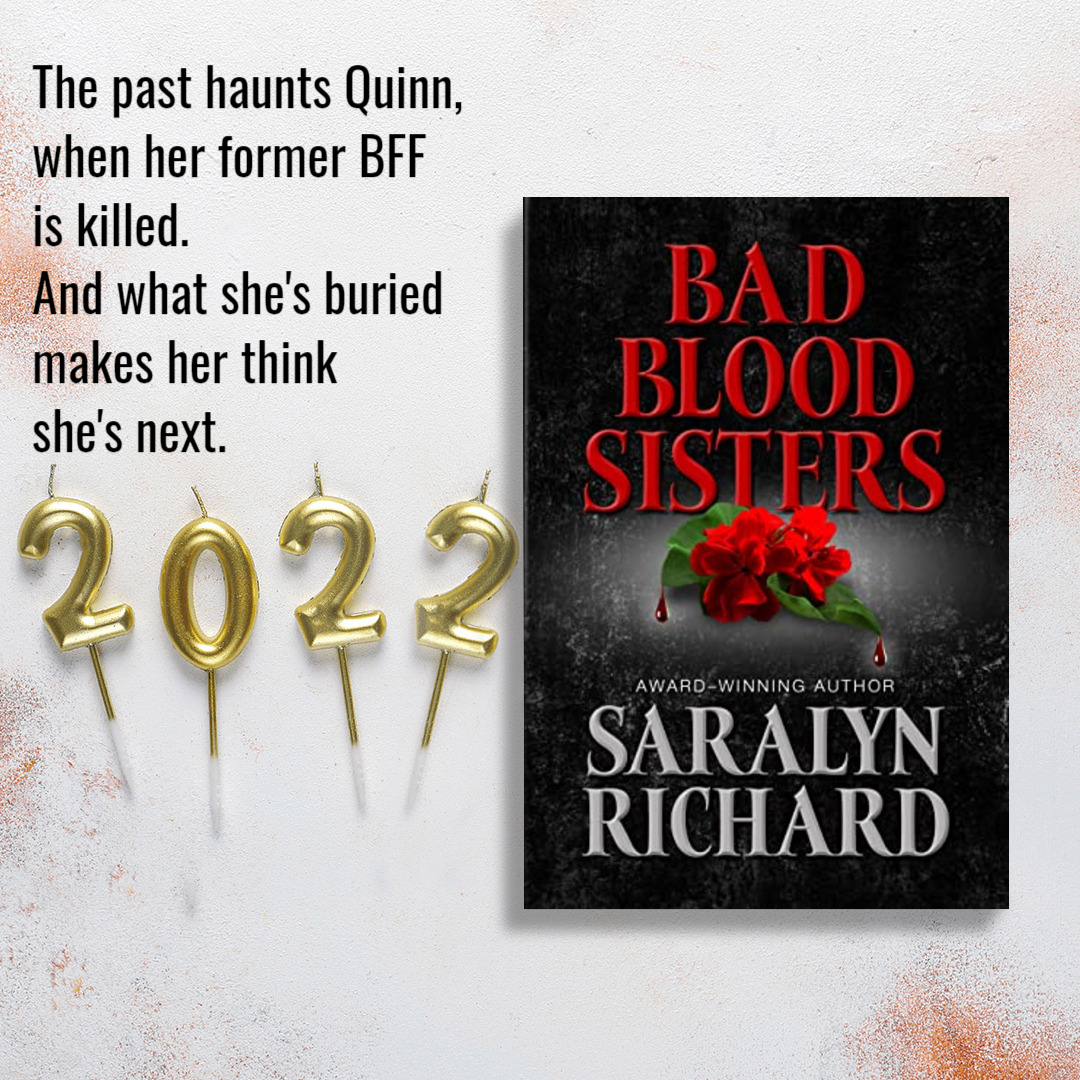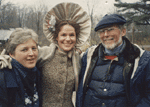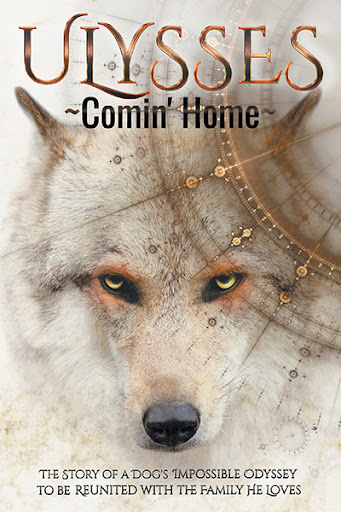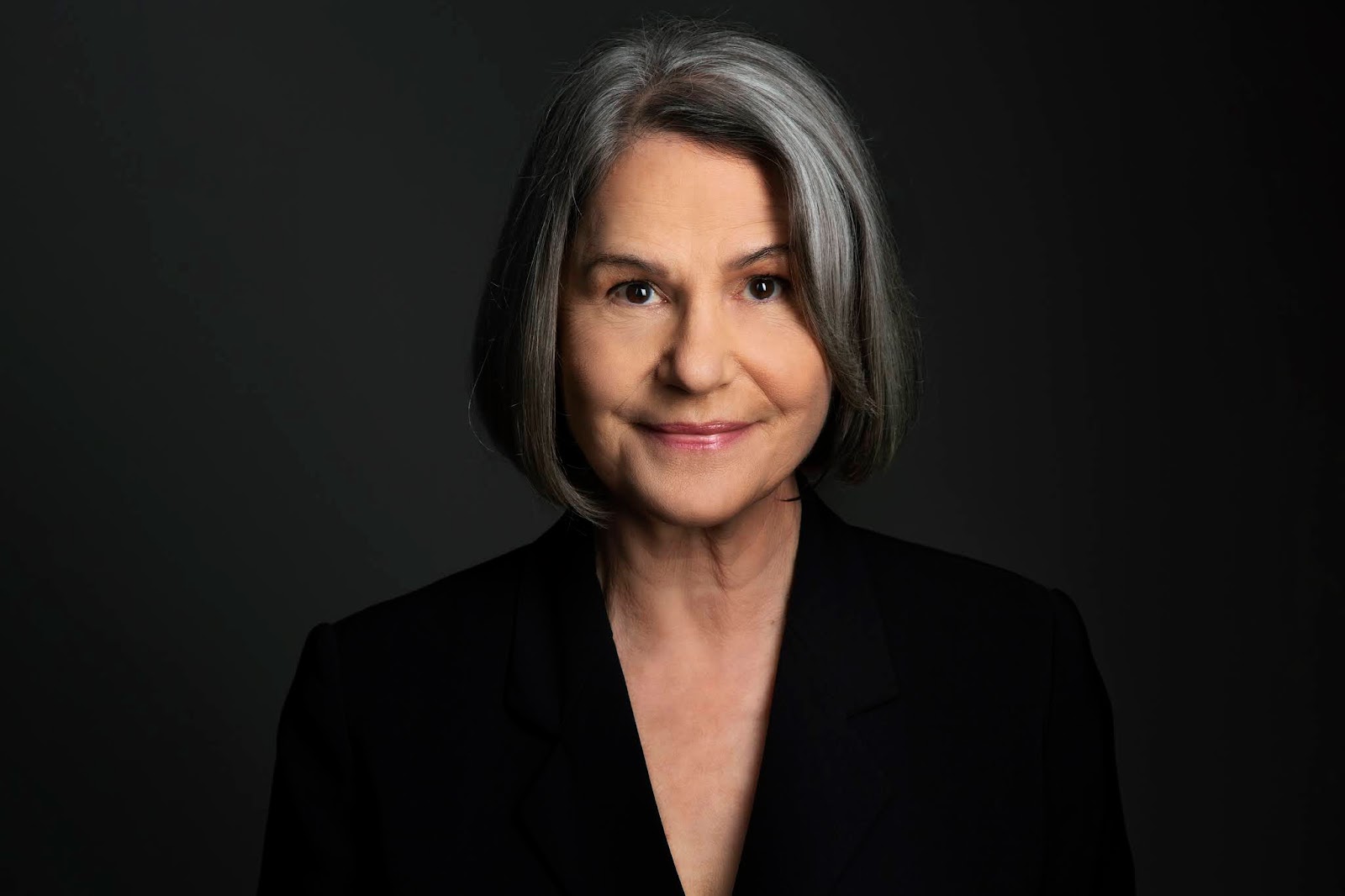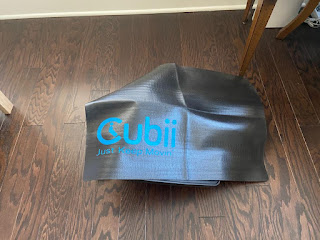So You Want to Write a Book
By Sparkle Abbey
Part 2: Old School Research
Welcome back to So You Want to Write a Book!
There’s a book in everyone, right? If you’ve decided that there’s a book in you and you’re ready to embark on that journey, we’re excited for you!
Last month we talked about where to start when writing a
book for the first time. We asked you a lot of questions, such as:
- Are you passionate about a particular
storyline? - What type of book are you interested in writing?
- What idea is constantly on your mind?
You may remember there was also an assignment. We hope you
took our suggestion to write down ALL your ideas. If so, pull out that notebook
where you jotted down them down, and let’s talk about what you wrote. (If you
didn’t take that step, there’s still time. Just take that step today.)
By now you should have decided what you’re passionate about
and what type of book you’re going to write. You should know if you’re writing
fiction or non-fiction. A thriller or a memoir. Romance or a self-help book.
Okay, are you ready for step two? Step two is what we call Old
School Research. And we’re the first to admit, that not everyone agrees on this.
We believe to write well in any genre or subject, you need to be well-read in
that area. What is currently being written? What type of plot resonates with you?
What characters speak to you? How do the best-selling stories unfold? What can
you LEARN from books you love as well as books you put down after a few pages?
Back when we first started writing we read over 100 books in
our genre. While we aren’t telling
writing, we are telling you to read extensively in the genre or subject in
which you’re going to write. There are some who disagree with this approach for
various reasons. They may worry about copying another author’s work. Probably
not. After 100 books, one thing you’ll notice is there’s really no new plot. And
how you write your story is all about what you uniquely bring to the table.
However, by reading deeply in your selected subject, you’ll have a better
understanding of how to make your book stand out from the crowd. You’ll also
begin to understand the importance of reader expectations. (More on that down
the road!)
Well, what do you think? Are you onboard to read, read,
read for the next few weeks while you’re thinking about your book? As you read,
keep your notebook handy. Take notes on what you learn, how you’ll be
different, what works, and what doesn’t.
If you’d like, share in the comments what you’ve decided to
write and what you’ve learned from reading extensively in your subject, and how
you’ll use that to write a book that stands out from the crowd. And as always,
if you have questions, feel free to ask us.
Next month we’ll talk about knowing where you’re headed.
Sound intriguing?
Sparkle Abbey’s latest story (written in first person) is a short but fun one. If you’ve not yet
checked out PROJECT DOGWAY, this is a great time to do that.
Sparkle Abbey is actually two people, Mary Lee Ashford and Anita Carter, who write the national best-selling Pampered Pets cozy mystery series. They are friends as well as neighbors so they often get together and plot ways to commit murder. (But don’t tell the other neighbors.)
They love to hear from readers and can be found on Facebook, Twitter, and Pinterest, their favorite social media sites. Also, if you want to make sure you get updates, sign up for their newsletter via the SparkleAbbey.com website







